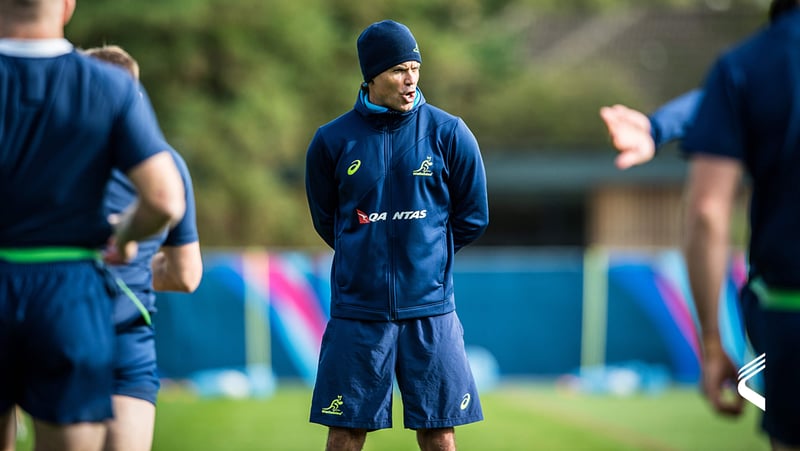
Training compliance & the healthy athlete
What are you collecting and what is your data telling you? Is your athletic strength and conditioning program contributing on the training pitch? Are your athletes performing their jobs better more often on the training pitch?OR… are you satisfied that you have increased their squat, changed their body composition, increased their aerobic capacity, and banked that you will keep your job next season even though the team went crap and there were a heap of ‘unlucky’ injuries?
The need to train hard while avoiding the dangers of injury and illness is the fine line we tread every day as performance coaches. Numerous studies have shown the influence of training load on athletic performance. Performance generally improves with increased training load. Negative adaptations (e.g. fatigue, over-training) to exercise training are dose related, with the highest incidence of illness and injury occurring when training loads are highest. We all know this, and work hard to find the balance. How do you raise this fine line so your athletes can handle more load and stay healthier, and perform their jobs even better?
For me, the most exciting data is showing us how we can keep our athlete’s healthy and on the training pitch. The Sparta Scan, player diet, training load and environment all influence each other. Analytics has allowed high level sports teams to quantify the many factors that influence performance, like well being, training load, recovery, and how the human body regenerates. Teams can measure all these elements and establish early warning signals which can often result in injury and illness.
Recent investigations show that training compliance needs to be above 80% for the season if your team wants to be top of the log when all is said and done. More likely, most professional teams are pushing that number even higher. However, it is probable that if training loads are continually reduced to decrease the risk of injury that a secondary complication of de-training may develop, contributing to a growing injury list also.
The implementation of the Sparta Scan was an incredible insight into our athlete’s ability to apply force through the ground. No doubt, the previous strength program was quite literally harming the athletes. Bilateral quad dominant strength workouts for already bilateral quad dominant athletes like the front row forwards, who in the previous 3 seasons had seen the highest ACL & twisting injuries in the club. Outside backs with scans that looked like front row forwards, with soft tissue injury histories over the last 3 season. As a result of implementing the Sparta Science program, we have had incredible success in altering our athlete’s cultural mindset towards their strength and conditioning program for rugby. Aligned with this mindset was our responsibility to implement session preparation and recovery strategies, and the athlete’s ability to see the effect they were having on their performance.
To that effect, the three most influential components of our program to improve performance were:
Applying an individual strength program to athletes based off their Sparta Scan and desired position required longitudinal trajectory.
Implementing 40 minutes of soft tissue & joint mobilization work every day.
Driving an athlete culture towards recovery, where sleep, nutrition and mobility are the most influential components to keeping them healthy and on the training pitch.
Collecting the data on athlete regeneration using the Sparta regeneration log allows us to track the athlete’s attitude towards regeneration practices against their sports performance improvements and health. Culturally, as a group, the emphasis on regeneration for performance is an integral component of having healthy squads. Simply, our data shows us our athletes take regeneration very seriously, but the big picture tells us we have maintained an on-field training compliance above 90% for the past two season, reduced injuries to a record low, and are winning more games.
This week’s guest blog post comes from Haydn Masters, Head of physical Performance for the Wallabies Australia Rugby Union. Masters is a champion of making data-driven decisions to build his performance program.